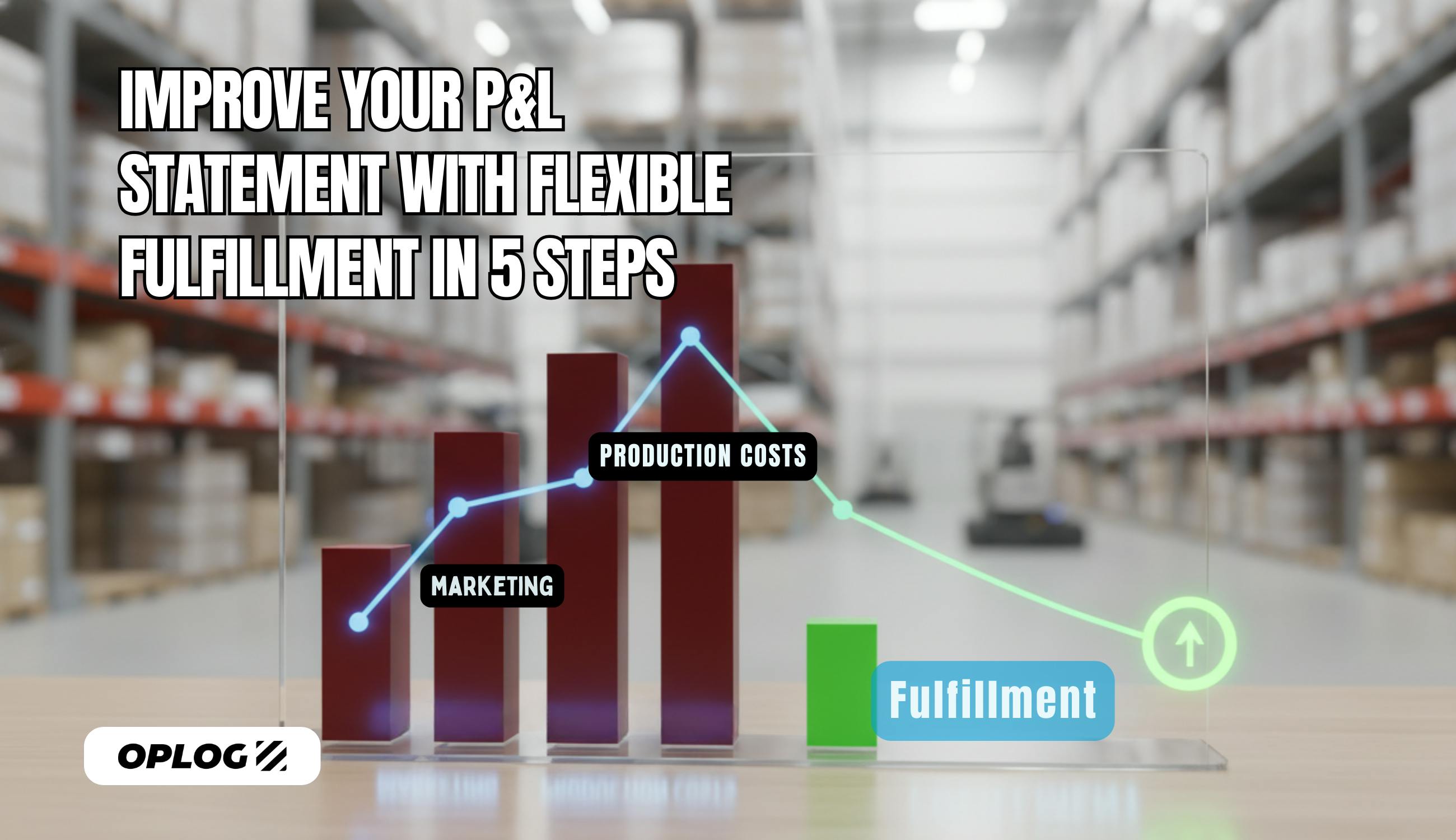A seamless eCommerce shopping experience is thanks to efficient teams and tools. The main reason for this success? Using eCommerce inventory management. Keeping goods well-tracked and stocked is key to business success. Discover how this management process works by using our guide.
Understanding eCommerce Inventory Management
eCommerce inventory management is a system that online businesses use to manage and improve levels of inventory. They ensure accurate inventory counts reflect for customers by using real-time tracking. It is a vital system to keep operations in balance to meet profit targets and competitors head-on.
Key Components of eCommerce Inventory Management
There are 3 main components in this management system:
- Inventory Tracking: Ensures real-time visibility on stock levels across various channels.
- Demand Forecasting: Uses past data and market trends to predict future inventory needs.
- Stock Replenishment: Reordering on time for optimal inventory levels.
Inventory Management Strategies for eCommerce
When it comes to keeping inventory in check, there are helpful systems and methods you can use. The main strategies are JIT, safety stock management, and ABC analysis. These are some of the many techniques that make the warehouse work better as a whole.
Just-in-Time (JIT) Inventory
This method works by having enough inventory in stock to meet demands. As it gets shipped out, more inventory gets added. This allows supply chains to reduce storage space, costs, and decrease waste.
Safety Stock Management
This approach orders and keeps aside inventory as a buffer for replenishment issues. It helps play things safe in times of higher customer demands or when forecasting is off. Some extra space and investment help to keep this method afloat.
ABC Analysis for Inventory Prioritization
Here, goods get divided into categories. This separates items by value and profit contribution, to track stock levels better. The categories include:
A :
- Most valuable products
- The biggest contribution to profits
- Low sales frequency
- Require close monitoring
B :
- Vary between the least and most valuable goods
- Moderate sales frequency
- Needs regular monitoring
C :
- Low-value goods
- High sales frequency
- Requires minimal monitoring with the help of automated systems
Tools for eCommerce Inventory Management
Wondering how to manage eCommerce inventory? Teams use advanced tools to keep inventory well monitored. The main types of tools involve software, barcode systems, and automated alerts. Together, they help meet customer demand by reducing oversights and boosting efficiency.
Inventory Management Software
This specialized programming assists teams by automating processes. Some of these include tracking orders and sales, shipments, and levels of inventory. It integrates with eCommerce platforms and features real-time updates and beneficial forecasting.
Barcode and RFID Systems
This records exact inventory and tracks it by scanning barcodes. This system lowers the chances of human mistakes. Plus, it helps reduce manual logging processes and sharpens accuracy.
Automated Reorder Points
When orders hit a certain level, this system activates a reorder alert. This helps provide an extra layer of monitoring to refill stock before issues happen. Using this method helps prevent stockouts and keep good levels of inventory in stock.
Challenges in eCommerce Inventory Management
While handling an inventory management system for eCommerce, businesses can expect a few problems. Common challenges include stockouts and overselling, fluctuating demands, and synchronizing between channels. Keeping on top of these issues allows for a better supply chain and happy customers.
Stockouts and Overselling
These situations refer to too little available inventory or too many accepted orders. Teams need to watch and track inventory to avoid both. Solutions start with real-time updates and correct inventory tracking to reflect stock levels.
Seasonal Demand Fluctuations
Sales go through periods of high goods demand or low sales. These seasonal demands change and businesses need to respond with clever forecasting. Teams can expect such flux by using forecasting and stocking the right amount of goods as needed.
Multi-Channel Inventory Synchronization
Keeping track of orders on different platforms and sales channels needs organization. The best way to do this is with an integrated system. This sidesteps errors, and inconsistencies and provides real-time updates for accurate details.
Inventory Forecasting for eCommerce
Being prepared for inventory needs is an eCommerce must. Using data helps to predict future needs and demands. I believe analyzing past data and prepping for market trends is the best way for forecasting.
Demand Forecasting Techniques
Forecasting starts with referring back to historical sales data and applying statistics. These techniques focus on analyzing trends and seasons, as well as regression models. Using these approaches reduces stockouts and overstocking.
Using Historical Data for Predictions
Reviewing past sales data pinpoints trends and patterns linked to performance. Various factors like holiday periods, specials, and economic impacts play a huge part. Studying this data leads to more accurate predictions for better stocking choices.
Adjusting for Market Trends
Market trends are always changing. These reasons link to consumer spending, shifts in the industry, and even new product industries that can sway markets. Watching, learning, and considering them in forecasting keeps businesses informed and more responsive.
Inventory Tracking and Reporting
Monitoring inventory is a major part of eCommerce operations. Tracking and reporting give better insight into stock levels to stay a step ahead of trends. These main methods include using real-time updates, using metrics, and creating vital reports.
Real-Time Inventory Updates
Updating everything, everywhere, at the same time is vital. This allows for correct stock levels to reflect between sales channels. Sold, returned, and restocked goods are better tracked to meet customer expectations.
Key Inventory Metrics to Monitor
Measuring and assessing metrics is a core focus for optimizing businesses. This helps teams mark areas of poor performance for data-backed solutions and actions.
The main metrics include:
- Inventory Turnover Rate: Measures how fast products get sold and replaced
- Days Of Inventory On Hand: Advises how long current stock will last
- Stockout Rate: Tracks stockout frequency
Creating Effective Inventory Reports
Reports aid in giving helpful insights into inventory levels and performance. This information ranges from stock counts and sales trends to reorder points. Businesses that report on a consistent basis see inventory issues sooner.
Optimizing eCommerce Inventory Management
Creating an optimal inventory management set-up starts with using best practices and tools. Top methods include improving processes, using cycle counts, and ironing out extra logistics. Outsourcing your eCommerce fulfilment helps in bringing peace of mind and allowing your business to focus more on growth.
Streamlining the Receiving Process
The receiving process requires recording incoming inventory in a quick and correct manner. Procedures need ways to inspect, count, and enter stock into inventory management systems. When done well, it cuts down the time to get goods out for sale.
Implementing Cycle Counts
It is an auditing method that counts inventory on a constant basis. As a rotating recording system for certain products, it accounts for all goods after a cycle. This bypasses full audits for a better, accurate inventory count.
Managing Returns and Reverse Logistics
When returns happen, businesses need exact processes for order reversals. Having these lessens the effects on profits and inventory levels. Plus, it also allows businesses to regain value from goods.
Returns and reverse logistics need:
- Setting up understandable return rules
- Effective return processes
- Deciding what to do with returned items (whether restocked, refurbished, or disposed of)
eCommerce Inventory Management FAQs






